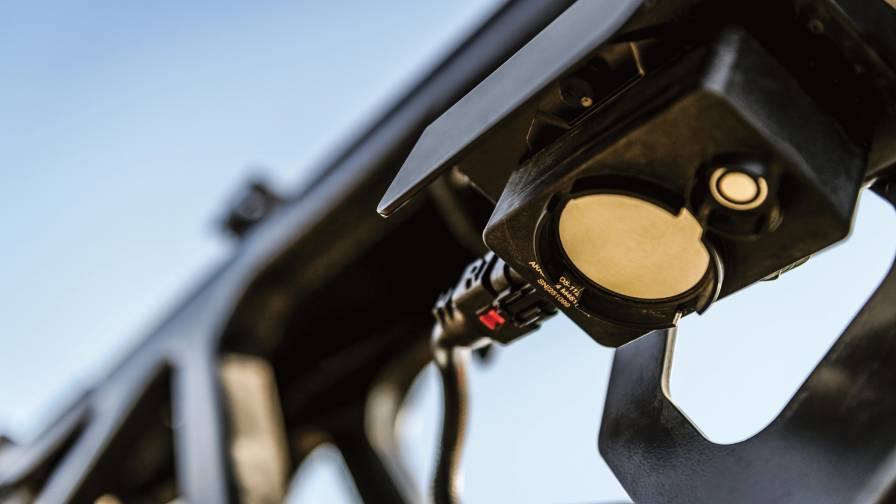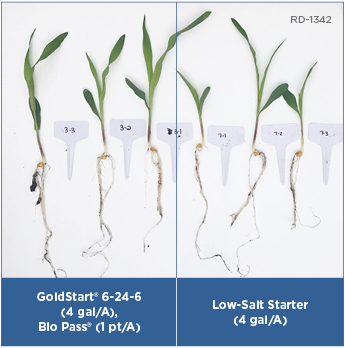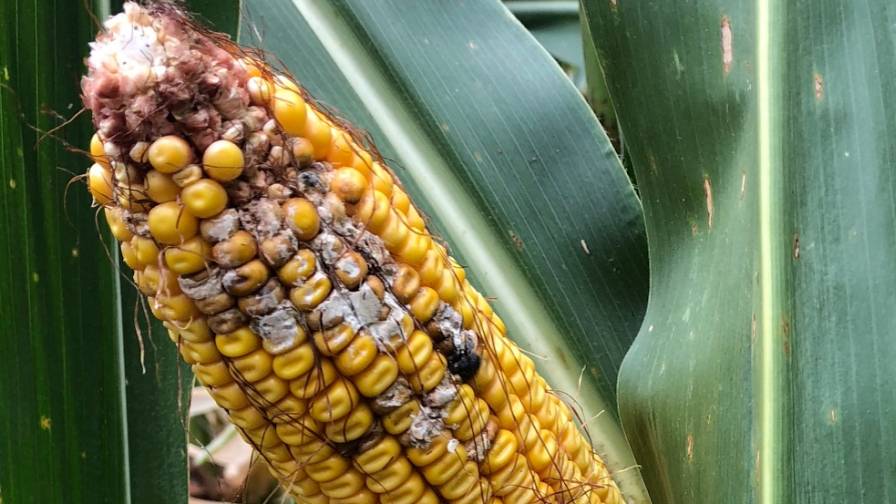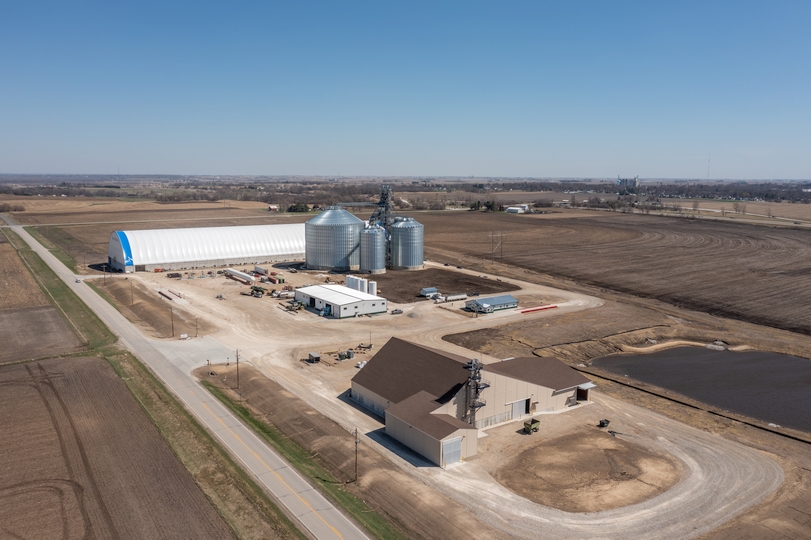What Is the Best Soil Test Option for Phosphorus?
A soil test for phosphorus represents an index of phosphorus availability to crops, writes Dan Kaiser, University of Minnesota Extension Nutrient Management Specialist, at Aberdeen News. A soil test needs to correlate to crop response in order to provide a useful index of crop response and any extraction solutions can be used as long as they correlate to crop response.
While there are many tests out there, researchers at land grant universities like the University of Minnesota have spent a lot of time and effort determining which tests are the best for soils within a given state. However, increases in the amount of soil samples being collected have led to more samples being sent across state borders, which has led to more questions about specific soil tests which may be run by a lab in one state but not suggested for use in another.
Bray-P1 and Olsen Soil Tests
The two tests suggested for determining phosphorus sufficiency in Minnesota are the Bray-P1 and Olsen soil tests. The two tests differ in their extraction solutions.
The Bray-P1 test extracts P with acids and has been a popular test for over 50 years as data continue to show the ability of the Bray-P1 test to predict crop yield response to P. The Bray-P1 test works well for most soils that are slightly alkaline to highly acidic (pH of 7.4 or less).
The Olsen test extracts P using sodium bicarbonate and is the best test to use for situations where soil pH is 7.4 or greater. The Olsen test can be used on more acidic soils in situations where pH is 6.0 or higher. Many labs using the Bray-P1 or Olsen tests will run the Olsen test at a certain pH automatically, which makes it easier as you do not have to decide which test to use before you submit samples.
Editor’s note: This article originally published in February 2021.





